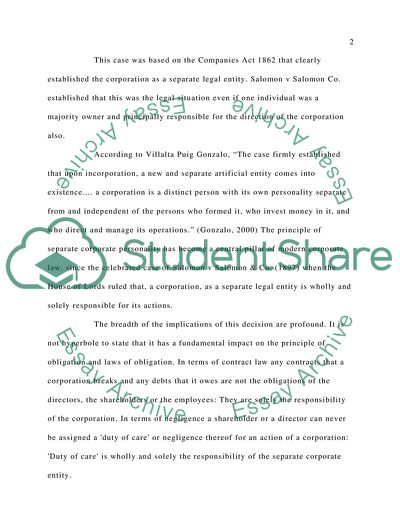Cite this document
(UK Company Law Term Paper Example | Topics and Well Written Essays - 2500 words - 1, n.d.)
UK Company Law Term Paper Example | Topics and Well Written Essays - 2500 words - 1. Retrieved from https://studentshare.org/law/1741072-uk-company-law
UK Company Law Term Paper Example | Topics and Well Written Essays - 2500 words - 1. Retrieved from https://studentshare.org/law/1741072-uk-company-law
(UK Company Law Term Paper Example | Topics and Well Written Essays - 2500 Words - 1)
UK Company Law Term Paper Example | Topics and Well Written Essays - 2500 Words - 1. https://studentshare.org/law/1741072-uk-company-law.
UK Company Law Term Paper Example | Topics and Well Written Essays - 2500 Words - 1. https://studentshare.org/law/1741072-uk-company-law.
“UK Company Law Term Paper Example | Topics and Well Written Essays - 2500 Words - 1”, n.d. https://studentshare.org/law/1741072-uk-company-law.


